The History of Marvel’s Kitty Pryde … The X-Men’s Greatest Jewish Superhero
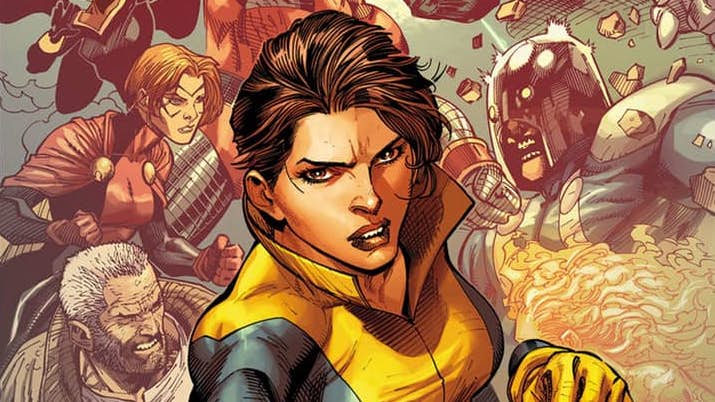
Join the community on Reddit for the latest Marvel & DC news!
What makes Marvel and their characters great is they root themselves in the real-world. Rather than pretend that the world is perfect, Marvel and the characters fully acknowledge that it isn’t. This small trait is what makes Marvel so different from DC.
The two companies have gone head to head for more years than I care to count. For as long as they’ve been around, DC has had characters like Superman, Wonder Woman, and Batman to build around. Each brings a certain aesthetic to the company that isn’t easily replicated. The problem, and believe me when I say that I use that term very loosely, is that the three pillars by which DC stands aren’t flawed in the same way that everyday people are. Superman is a perfect alien from Krypton able to do practically anything. Wonder Woman is a Demi-Goddess that carries around an object designed to tell the truth. And Batman is both beyond rich and intelligent.
Where DC has failed, and again I use the word very loosely, is their characters aren’t as relatable to the everyday reader. When looking at their characters in contrast to, let’s say the X-Men, most DC characters don’t encounter the same types of problems.
- Discrimination
- Bigotry
- Racism
- Sexism
- Hate
Understand that I don’t condemn DC for creating and using their main characters in the way they do. In complete truth, it’s nice to step away from the real world every now and then. In fact, the NGO that I run, Comics For Cause, has built itself on the notion of allowing children to leave the real world behind through comics. If you get a second, I encourage you to check it out.
The X-Men are an extremely popular group of heroes within the Marvel Universe. They are humans who, during their teenage years, discover that they possess either a single or group of super powers. Upon this discovery, they mutate. For some, the mutation is purely inside and unnoticeable. For others, however, the mutation causes a physical change. Look no further than Nightcrawler or Beast as an example.
The X-Men fumbled onto the scene in September of 1963, nearly collapsed years later due to a lack of sales, and were resurrected with the release of Giant Size X-Men #1.
What makes the X-Men so different from most other comic book teams and characters is that their stories are often rooted in the already mentioned real-world problems. Those lucky enough to be born with the “X” Gene are immediately hated by those without … the same sort of prejudice that exists in our world. A day doesn’t go by where each of color, race, religion, and sexuality aren’t discriminated against.
The origin and initial history of Marvel’s Kitty Pryde
But let’s talk a little more about the history of Marvel’s Kitty Pryde.
When 129 was released, Kitty Pryde was only thirteen and a half years old. Moving forward this was an interesting choice of age.
And why?
Kitty was young…very young. In fact, she was years younger than most of the other X-Men. They were battle-tested adults capable of standing up for themselves. Kitty wasn’t. She was, for all intents and purposes, a child and children weren’t supposed to be caught up in war.
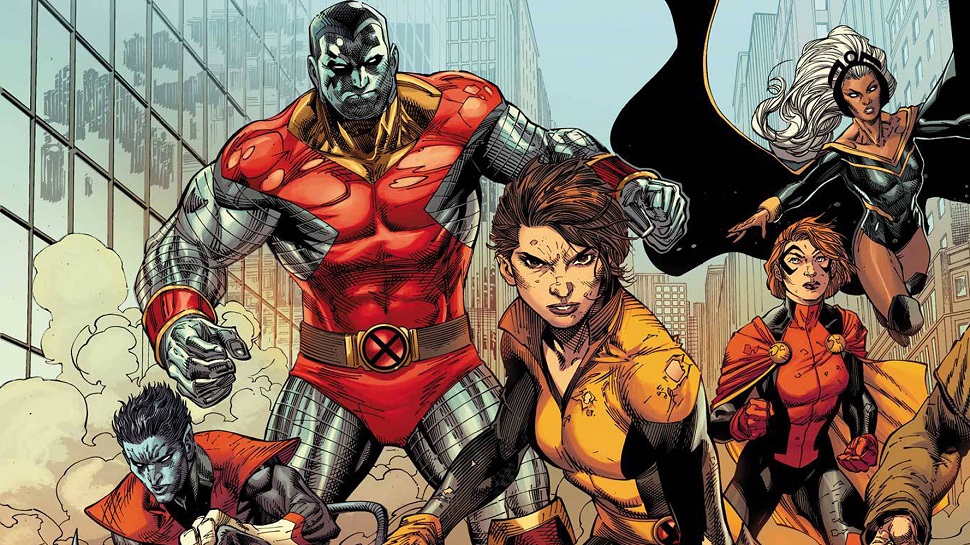
For most of her existence, the history of Marvel’s Kitty Pryde saw her as an important yet bit player in the X-Men Universe. Her early years painted her as an immature teenager capable of making immature teenage mistakes. Due to this, and in combination with her naturally good looks, quirky personality, and free-thinking spirit, boys all over the world fell in love with her. She became the poster child for boyhood obsession. This caused something to happen to the character that just doesn’t happen to comic book characters. She was overlooked. Her flaws, inconsistencies, and mistakes were often overlooked by the readers.
Heck, even I’ve given her a pass. I remember staring down at one of the many Marvel Cards my brother and I had of her thinking that she could do no wrong.
So, no wrong she did.
As I aged, I learned to understand that she wasn’t perfect and her best years were not her early years. The more I read, the more I realized that Kitty became a really good character after her formative years. When we first met the character, she was a child in a child’s school. As she aged, however, she became a woman leading the children in a child’s school. For this, she differed herself from most other comic book characters.
Think about it.
Kitty entered the Xavier Institute as a child uncertain about life and later joined the Jean Grey Institute as a teacher. For a medium where characters rarely age a day, Kitty aged a lifetime.
But I’m getting ahead of myself…
Kitty is different from most other mutants. Kitty’s power, unlike so many other mutants, does not supply her with extra strength, durability, speed, stamina, or the like. It does not afford her the ability to heal, project energy from her body, or encase herself in an indestructible material. And it does not permit her to fly, use spells, or control others. Kitty’s power allows her to phase. That is, she and any others she’s touching, can become intangible.
Along with her aging, this separated her from most other characters. Whereas most had offensively based powers, Kitty had defensively based powers. And as Paul Bryant said, “Defence wins championships.”
Additionally, as a by-product of her phasing, if she moves through electrical equipment, she disrupt the flow of electrons thereby causing the equipment to malfunction.
If her power seems really simple, I ask you to understand that the best things in life are often the simplest. Characters like, and you may disagree with me, Wolverine
Does this mean she’s perfect?
No, not even a little bit.
If the history of Marvel’s Kitty Pryde ever had a knock against it, it’d be her early relationship with Colossus. From the very first time she laid eyes on him, she wanted to be with him, and he with her. This would’ve been ok if she hadn’t been thirteen and a half and he at least eighteent. By all accounts, Colossus should’ve been arrested for his affairs with Kitty. He was an adult and she a minor. That sort of relationship doesn’t fly in the Western World.
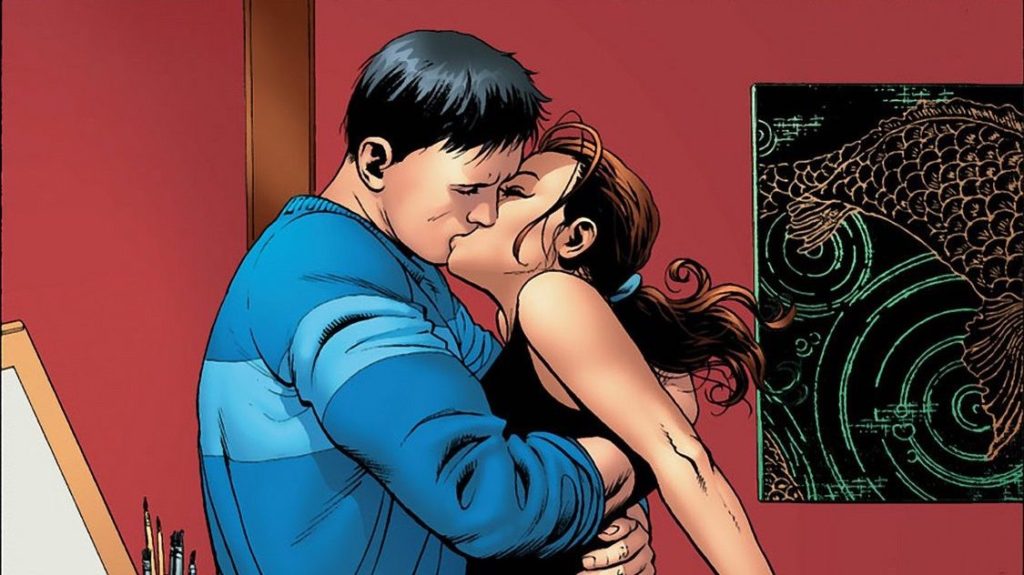
As tough as it’s been to understand their relationship, things got a little easier in Uncanny X-Men #141. This issue, primarily known for being the introduction to Days of Future Past, introduces the two as not just a couple but as a married couple. This small plot point helped to make their relationship easier to digest. Before it, the thought of an adult and a minor together seemed unfathomable. After it, it seemed kind of alright.
As the
And then there’s religion.
Religion, no matter what medium, is a tricky one to talk about. But this doesn’t mean it’s impossible in comics. Jim Starlin did it with Warlock (here’s a link to it). Numerous writers have done it with Daredevil. And the very essence of Nightcrawler is surrounded by it.
I recently wrote an article about Magneto and how his character has been molded around the way Jewish people were/are treated. At the center of his character
The character reads like a journal from Auschwitz. He was beaten, tortured, maimed, and brutalized for what he was. Not because he did anything wrong and not because he was a bad person. But simply because he was Jewish. As a child, he was subjected to unspeakable horror and this trend continued into his adult life. Magneto seeks vengeance against all those who have done him wrong. His character has become as synonymous with trauma, tragedy, and the worst that humanity has to offer as a zebra and stripes. Without any sort of over
But unlike Kitty, he’s not.
Even though at its conclusion I felt really good about what I had written, I also felt unfinished. Not unfinished in the sense of his character but unfinished in the topic of Jewish religion and comics.
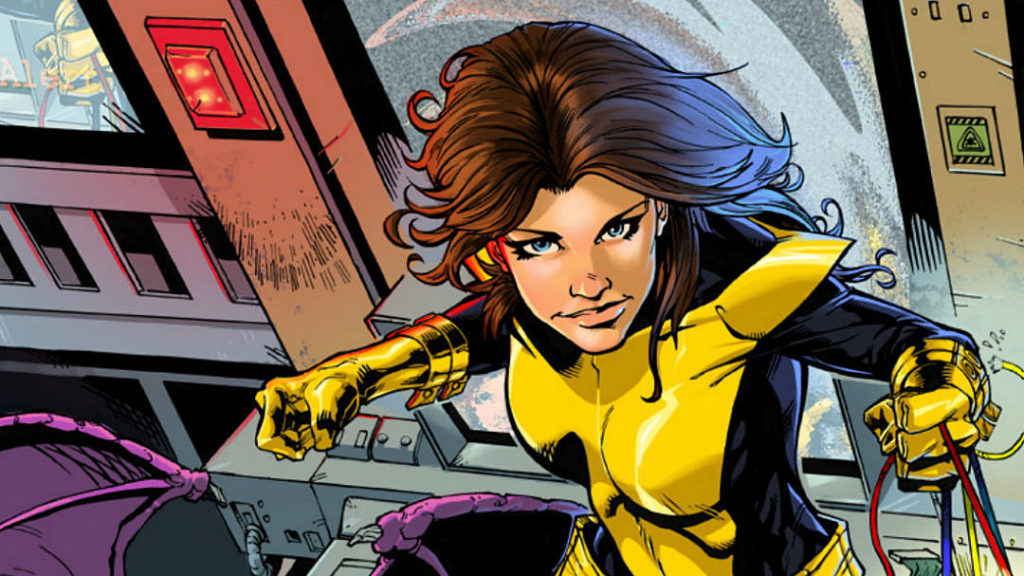
Kitty Pryde is Jewish and proud of it. It’s easy to see. From the Star of David she wears around her neck to the Yahrzeit she held for Colossus when he fell in battle, there’s no mistaking her religion. This is important for a few reasons. First, unlike her teammates, save for Nightcrawler, Kitty is very religious. Second, over the years writers have been able to use her as a voice for religion. Third, Kitty is one of the only mainstream comic book characters who belong to any sort of organized religion. And fourth, her Jewish background is something that she has in common with the aforementioned Magneto. The difference between the two, of course, is that Magneto is based around what happened to him because of his religion and Kitty isn’t.
Their consequences and allegiance don’t mean that they completely hate one another. For a moment, Magneto was able to put his hatred aside and join Kitty at the Washington National Holocaust Memorial. Together, the two, Magneto as a survivor of the Holocaust and Kitty as a descendant of survivors, reflected on the destructive force of hatred. In their own beautiful way, the two come to a similar conclusion…that the world needs heroes and heroes are not inherently gifted or special.
Sadly, this sort of exchange would make for a very boring comic book so at its conclusion, things promptly returned to normal. So normal that Magneto thought he once killed her.
In one of the most amazing exchanges in history…As she lay dying in his arms Magneto recounted that he desired to build a world where mutants could live free from hatred and persecution. He wanted to build a world where mutants could walk amongst humans without fear of violence. Ironically, in his quest to do these he killed the very people he sought to protect.
“I swore that I would not rest ‘til I had created a world where my mind… could live free and safe and unafraid, where such as you little one. Instead, I have slain you.”
This small but beautiful exchange is a reminder to everyone why Magneto is such a good villain. He lives with conflict. Conflict with himself. Conflict with his beliefs. And conflict by his religion.
But we’re not talking about Magneto.
The history of Marvel’s Kitty Pryde, the one that has shaped her existence is different. She’s doesn’t allow conflict to cause her or any other harm. One of her greatest traits is that she is a happy-go-lucky character who tends to see only the positives in life. This, however, doesn’t mean that she’s immune to hatred and negativity. It’s quite the opposite
In one of the most talked about panels in X-Men comic history, Kitty was the focal point of racism and discrimination. The issue was X-Men Gold #1 and the year was 2017. In this particular issue artist Adrian Syaf snuck Anti-Semitic art into the story. More specifically, he snuck Anti-Semitic numbers into his artwork.
212 and 51.
212 and 51?
Most people, myself included, would look at these numbers and think nothing of it. They look like ordinary numbers picked for ordinary reasons. For Syaf, however, they mean much more than they appear.
In Indonesia, the country that Syaf is from, 212 represented a protest against Jakarta’s Christian Government. The number 51, one the other hand, refers to a verse in the Quran. Paraphrased, the verse states that Muslims should neither appoint Christian or Jewish people as their leaders.
Yeah…
If you’re wondering where they are…the number 51 is found on the shirt of Colossus…an interesting placement considering the history the two have, and the number 212 appears on a panel behind Kitty and a group of protestors.
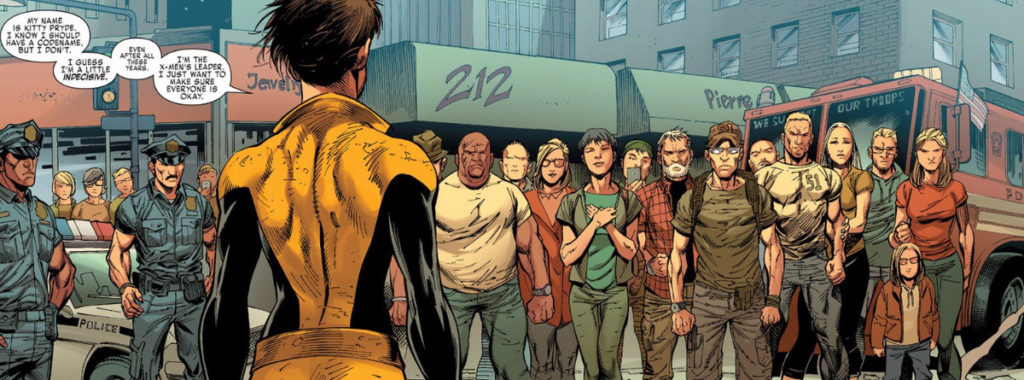
But it isn’t just the numbers that drew the
Even though Marvel immediately released an apologetic statement and removed the numbers from further print runs, the damage had been done. Kitty was the focal point of a racist and discriminatory attack. What’s most interesting about this is that those responsible for the X-Men, Stan Lee
Unless it’s Deadpool, comic characters don’t know what’s happening in the world outside of their pages. They don’t know that they are the target of racist and discriminatory agendas. And they don’t know how much they affect those who read them. They are simply characters created for the entertainment of any who read them.
X-Men Gold #1 proved otherwise.
Syaf used Kitty for his own agenda and he was wrong to do so.
So where does that leave the character?
Grown up and aged once again.
It’s incredibly hard to add meaningful layers to comic book characters. Superman, Wonder Woman, and Batman each prove this. Kitty, however, proves that it can be done. Although she’s not the best of the X-Men, she is the one writers and readers have clung onto. And you know what? I think she’s a really good choice to have done so with.
The history of Marvel’s Kitty Pryde saw her start as a child unknowing of what the world held for her. Through some good and not so good writing transformed into a woman capable of leading a new generation of people and mutants. As a result, she’s strong, independent, and one of the best the X-Men have to offer.
As I always do with these in
So, may they be around forever.
Cheers,
Joel
Liked this article? Join the community on Reddit for the latest Marvel & DC news!

